The iPhone SE (2020) Review: A Reinvigorated Classic
by Andrei Frumusanu on April 24, 2020 6:30 AM EST- Posted in
- Mobile
- Apple
- Smartphones
- iPhone SE
- Apple A13
- iPhone SE 2020
Camera - Quick Evaluation
As noted in the intro, the camera of the new iPhone SE isn’t all that new. It’s essentially the same generation sensor as found on the iPhone 8. The reason for this likely is due to the fact that Apple was limited by the physical form-factor of the phone, particularly the z-height of the camera module, unable to include any of the newer and bigger generation modules.
What’s also lacking from the iPhone SE are some of the machine-learning features such as night mode and Deep Fusion. I think that’s partly due to the fact that those modes rely on stacking multiple images captures together, and my hypothesis is that Apple was making use of the newer generation’s sensor dedicated DRAM chips to capture very quick consecutive exposures. As these older sensors lack dedicated DRAM, it wouldn’t be possible to capture quick consecutive exposures like that, and the phone wouldn’t be able to guarantee the same level of quality.
Whilst the hardware limits some of the capabilities of the camera, the new A13’s ISP does make up in other areas when it comes to image processing. Here we’re expecting to see some of the same advancements that were also been able to see in the last few generations of iPhones.
For the camera comparison today, due to the time rush and for simplicity’s sake (it’s a single-camera phone after all!), we’re limiting ourselves to the comparison of the iPhone SE vs the iPhone 8 vs the iPhone 11.
Starting off with the first scene, the first thing that pops out to the eye is that the exposure of the scene is completely different to the iPhone 8, and the new SE almost identically tracks the composition of the new iPhone 11. The HDR processing is much superior, with better retention of shadows as well as less blown-out highlights near the sky.
This scene is also extremely detail-rich, but the new SE essentially tracks in with the iPhone 8’s capture, which makes sense given that the two units have the same camera modules. The iPhone 11 still has a lead here, but again, that makes sense given that phone’s bigger sensor with bigger pixels and much newer deep-trench isolation (DTI), allowing for much better noise characteristics.
In this next scene, again what’s immediately noticeable is the exposure and composition which closely tracks what the iPhone 11 is able to achieve. All the phones are still a bit dark here as the brightness in real life was much higher, especially the cloud highlights are a bit too tame, but overall, still a good shot.
The SE more noticeably improves noise handling in the darker areas of the scene.
What’s also a big difference between the new SE and the iPhone 11 is the colour temperature of the scene. The iPhone 11 has a much more natural and cooler picture than the very warm results of the SE. Here the SE tracks things more closely with previous generation iPhones which traditionally always had a warm colour cast to them, something that Apple changed only in more recent iPhone generations.
The next shot again is exceedingly similar to the iPhone 11 in terms of composition, with better HDR and more details in the shadows compared to the iPhone 8. Detail is excellent, probably even slightly better than the iPhone 11 here.
This flower shot again marks the huge HDR differences between the SE and the iPhone 8, as the new phone has much better shadows and highlight retention. The iPhone 11 even goes a bit further in this regard and the HDR processing is even stronger (flatter) with a tad more saturation in the greens.
In challenging high-contrast scenes like here we again see the SE do a great job, maintaining better highlights without flattening things too much like on the iPhone 8. There’s also a much better black-point, generally creating better contrast.
When we compared it to the iPhone 11 result, the SE still looks a bit tame and flat, I guess we’re hitting the limits of the sensor. I would have preferred the SE here to track the better colour temperature of the iPhone 11.
In the last outdoor scene, the iPhone SE does an excellent job in the exposure and HDR. The only obvious differences here that pop out is the colour temperature which is again on the classical iPhone warm style on the SE, versus the cooler more natural colour on the 11.
Even though this is an in-door shot, the iPhone SE’s higher dynamic range is again obviously present in the picture. Detail-wise, it’s rich, but doesn’t quite hold up with the iPhone 11 which in scenarios like this one also very likely has deep fusion enabled.
Overall Initial Daylight Impressions
Overall, the new iPhone SE is seemingly an excellent performer and as promised, it inherits the general image processing capabilities of the new A13 and ends up with similar compositions as found on the iPhone 11. This means that even though the phone has older camera hardware, the new iPhone SE has much better dynamic range compared to the older phones.
Whilst in most situations it closely tracks the iPhone 11’s cameras, there’s a few situations where we do see the limits of the older sensor. In the highest contrast scenes we see the iPhone 11 pull ahead in dynamic range and colour retention, and that’s just pure camera sensor ability.
Detail-wise, while the iPhone SE is excellent and certainly gives any other phone on the market a run for its money, the it’s still a tad behind the iPhone 11 and that’s again due to hardware. Indoor shots the lack of deep fusion will also be noticeable.
All in all – it’s an excellent shooter given its price.
Low-Light Impressions
I’ve didn’t have time for a more extensive outdoors low-light testing, but in my limited indoor testing I noted that the new iPhone SE’s low-light capabilities are massively superior to that of the iPhone 8. While the resulting pictures are quite noisy, they still retail a lot of detail of the scene whereas the iPhone 8 remains a blur. It’s a respectable result for the phone given its hardware and software limitations.


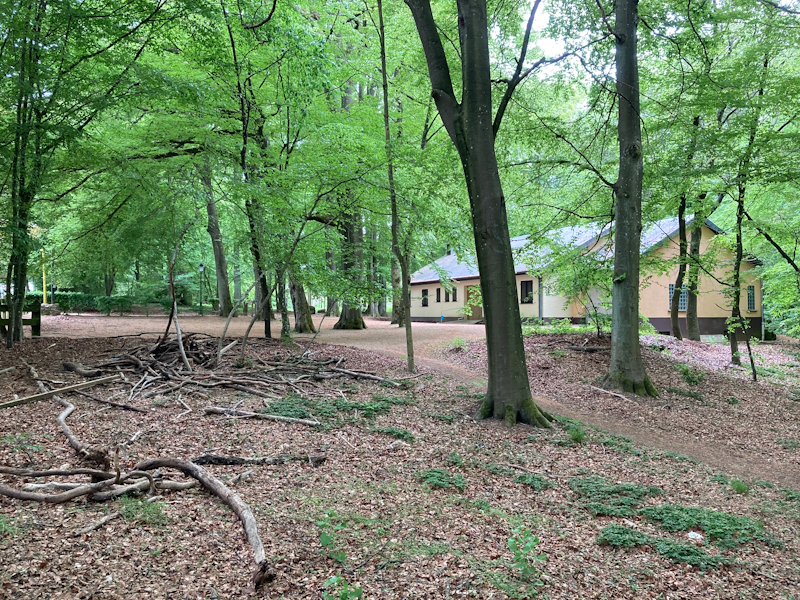
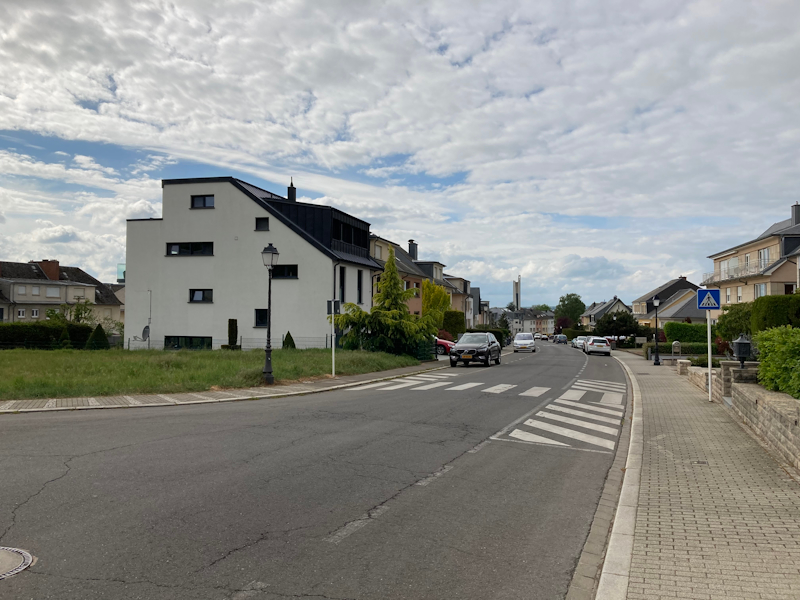
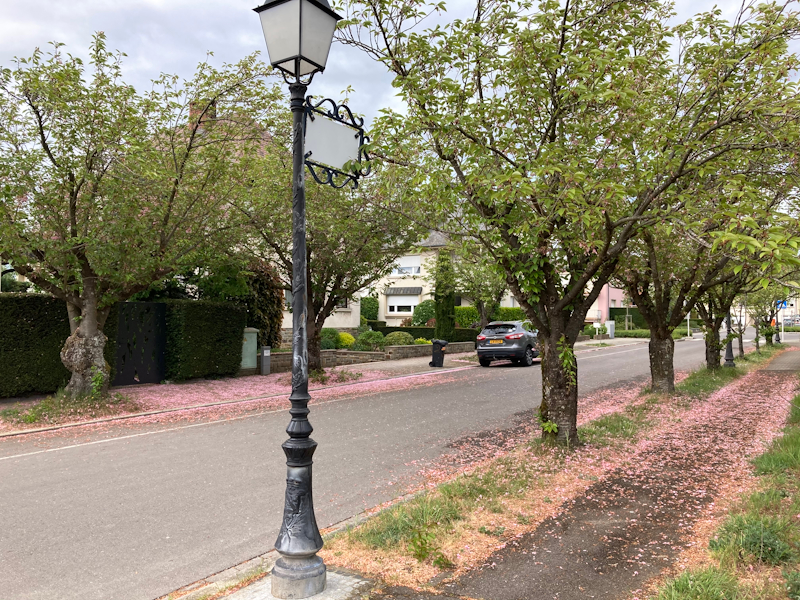
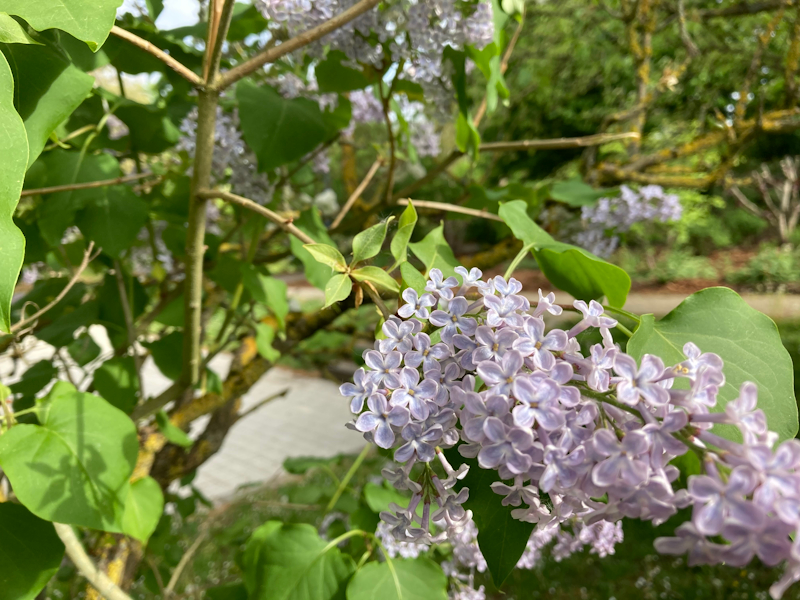
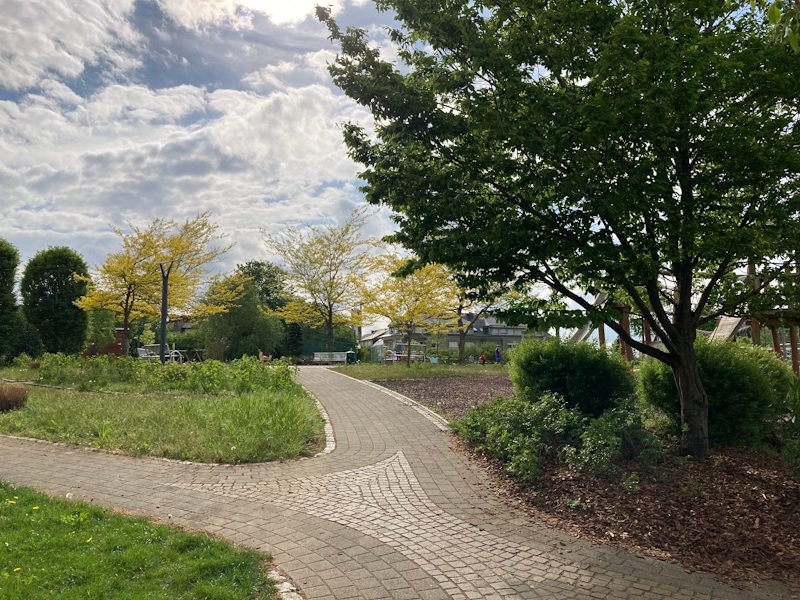
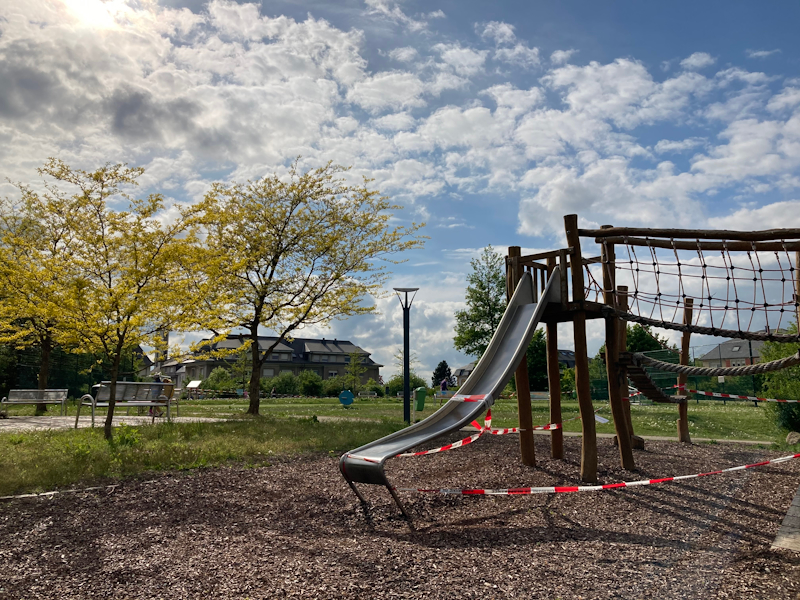
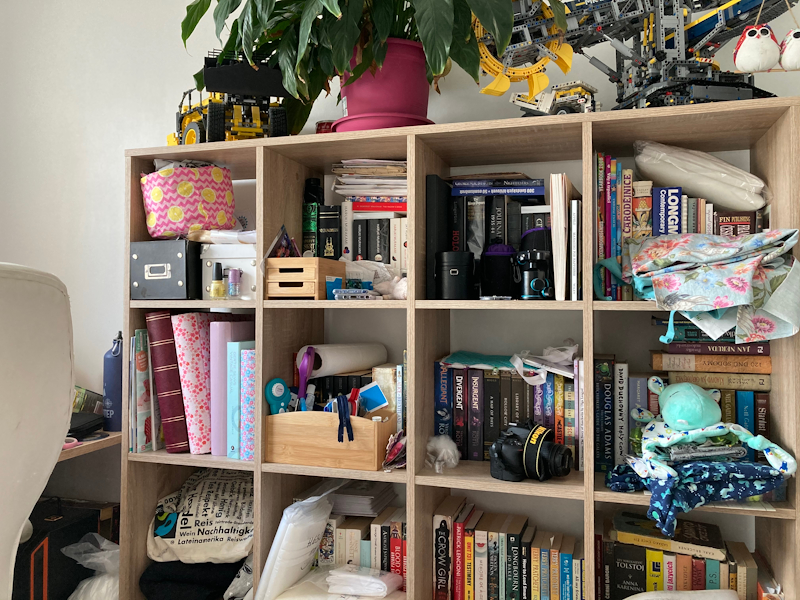
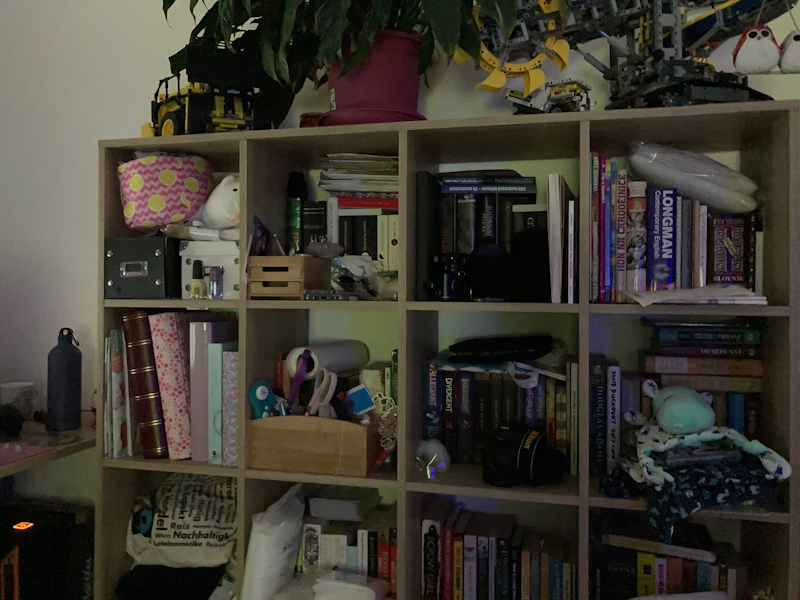









196 Comments
View All Comments
euskalzabe - Friday, April 24, 2020 - link
LineageOS does not support many devices out there. I should know, they've never supported any of the Moto or Nokia phones I've bought and wanted to install it on. Also, please a) don't lie about downgrading performance, it's been proven time and again that this is not necessarily so, and b) do not compare voiding your phone's warranty and performing a somewhat complicated phone flashing process VS simply installing an OEM-seeded OTA update. Those are two very, very different things.liquid_c - Friday, April 24, 2020 - link
Oh, really? With zero security which means zero banking apps. I’d like to see you use your credit card with LineageOS. Also, is your one+ or whatever bargain bin crap of a phone you’re using with 100% battery health? Or just as speedy as day 1, right?Jesus, i despise rabid fans such as yourself. All you can do is muster up some useless excuses for how bad “X” is and how good and long-lasting “Y” is.
SMOKEU - Sunday, May 10, 2020 - link
I signed up to TH just to respond to your ridiculous comment.I've "used" credit cards on LineageOS for many years with one of the largest banks in this country with NO issues whatsoever. Even the official bank app works fine.
OnePlus One was never a "bargain bin crap of a phone". It was a high end device when released.
cha0z_ - Thursday, August 6, 2020 - link
You need to be burned just once to understand his comment. Using a credit card in 3rd party ROM/kernel and rooted phone has it's risks as it's a lot easier for a rogue app to steal your details, log your passwords and so on. Also I should tell you that it's common practice for stoled cards to not be used right away, but stored in database for future use before they expire. There is also always the risk that dev or someone helping the dev to put something in the ROM/kernel from the start. I can give you a lot of examples where people feel safe because it's open source only to end up that something rogue was there for years rofl and noone checked it out or found it.Why someone should even do with all those risks and time consuming things instead of buying iphone for less money than current samsung android phone? You get 6 years of day one full software support as their most expensive current iphone, you get better running apps with more features, hassle free and "it just works", a lot better screen mirroring that is so lag free and high quality that I use my 11 pro max as a console with my ps4 wireless controller, camera that takes the picture from the first try, video recording of insane quality with no rival at android front and whatnot + ios14 adds app drawer, widgets on your home screen, notification for incoming call instead of full screen when you use your phone, picture in picture so you can watch videos while doing something else or listen to audio while it's hidden... I mean, seriously. ios and android are not that different nowdays feature wise, but ios apps are just better with more features and better running, even google's own apps + you got 6 years of full support, better security, less spyware (say hi to google!) + my secondary 6s is great on the newest ios and totally ok for a daily driver phone. I also had 10 years of high end android phones history with my latest being exynos note 9 for 1k euro that is already not supported and still in me, I can tell you a totally different story how it was supported vs my iphone 11 pro max and ironically my iphone 6s that was literally supported the same great way as the 11 pro max, no discrimination at all.
Zerrohero - Friday, April 24, 2020 - link
“ 5 years of updates that will make it 10% slower every year and remove 10% battery life every year.”My 4,5 year old iPhone 6s runs the latest iOS and it’s very zippy. No performance issues whatsoever.
Battery replacement for SE is $49 or something like that, parts and labour, authorized service.
So, everything you wrote is rubbish. But *of course* you know it perfectly well.
Speedfriend - Saturday, April 25, 2020 - link
My 4,5 year old iPhone 6s runs the latest iOS and it’s very zippyThat is just rubbish, my work iPhone 7 has slowed down significantly to the point where I often tap at it twice thinking I didn't touch it properly. And it battery life in use is down significantly too.
hlovatt - Sunday, April 26, 2020 - link
My original, 4 year old, iPhone SE runs great on latest OS. So no, no slowing with OS updates. I did get the battery replaced about a year ago though.cha0z_ - Thursday, August 6, 2020 - link
Then you either got a defective phone or bugged down the ios. You know, there is no operating system in the world that is user proof to be gentle. :)I also have secondary iphone 6s that ran half of ios12, ios 13 from the beta and till the last one and currently ios14 beta with all the new features like picture in picture, app drawer, widgets and it runs smooth as silk + fast. So your problem is with your unit, either because there is something wrong with it or because the operating system is broken by you/someone who used the phone before you and need a fresh reinstall.
cha0z_ - Wednesday, August 5, 2020 - link
I have second hand iphone 6s with changed battery, running ios 14 beta 3 and before that ios 13 with all it's subversions. It's as fast and smoother than my exynos note 9, so you are talking bs. :)Also lol at lineage argument. It's always NOT like officially released base + firmware + rom. I know, I am on XDA from over 10 years + gave my fair share developing (mainly for HTC phones). Also there are things like note line, running lineage will do what? Exactly, remove 50% what makes that phone a note and manually returning some apps will not fix that. Porting is the next option, but that also got it's flaws. Not to mention that development is far far far from what it was back around 2010-2014 peak.
Ofc android is great and all, but don't take away points from apple and what they do right when android phone makers charge you the same or recently - MORE than what apple does, but they don't want to adopt apple's support policy. :)
P.S. I also have iphone 11 pro max from almost a year and the battery is at 98%, because I am not stupid to use fast charger. Same thing with my note 9 - fast charging turned off in settings day one and the battery is in great shape. Fast charging speed up battery degradation by a lot. So dunno about your 10% every year, maybe if someone use unoriginal faulty cheap power adapter and/or cable - sure, even more in some cases.
sonny73n - Saturday, April 25, 2020 - link
Another sheep thinking updates actually make the phone better. Are you mentally ill? Haven’t you noticed FOR THE LAST 10 years, every time an iDevice got updated, it slowed down?